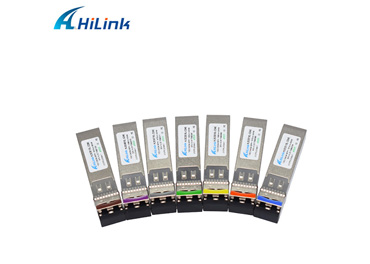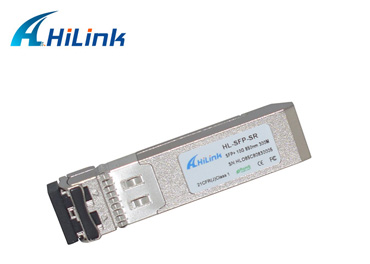Differences Between Optical Transceivers and Transponders
Aug. 09, 2023
Explore the distinctions between optical transponders and transceivers in the realm of optical communications. Learn about their unique functions, applications, and how they contribute to seamless data transmission. Read more. In the realm of optical communications, optical transponders and optical transceivers are critical components that facilitate seamless data transmission across fiber optic networks. This article delves into the differences between these two devices, highlighting their functions, applications, and roles in the world of modern communication systems.
Optical Transponders: Function and Purpose
An optical transponder, often referred to simply as a "transponder," is a device used to convert incoming optical signals from one form to another. It receives optical signals, converts them into electrical signals, processes the data, and then converts the electrical signals back into optical signals for transmission. Optical transponders are commonly used to interface between different types of optical networks, ensuring compatibility and seamless communication.
Optical Transceivers: Function and Purpose
An optical transceiver, also known as an "optical module" or "transceiver," is a multifunctional device that combines both transmitting and receiving functions within a single package. It allows bidirectional communication by transmitting data from one end and receiving data on the other end simultaneously. Optical transceivers are widely used in various applications, such as data centers, telecommunications networks, and enterprise networks.
Hilink HLSCxx1XL-CD40 CWDM 10Gbps SFP+ Transceiver
Distinguishing Features and Applications
Optical Transponders:
Conversion Focus: Optical transponders primarily focus on converting optical signals between different formats or protocols.
Specialized Use: They are used for specific tasks like wavelength conversion, protocol conversion, or signal regeneration.
Interoperability: Optical transponders enable interoperability between different optical networks with varying characteristics.
Example Application: Converting signals between different optical network standards, such as converting between WDM (Wavelength Division Multiplexing) and SONET/SDH (Synchronous Optical Networking/Synchronous Digital Hierarchy) networks.
Optical Transceivers:
Bidirectional Communication: Optical transceivers enable bidirectional communication by combining transmission and reception functions.
Widespread Use: They are widely used in various communication scenarios, including data centers, fiber optic networks, and high-speed broadband connections.
Simplification: Optical transceivers simplify network design and installation by combining both transmit and receive functionalities in a single module.
Example Application: Used in Ethernet switches, routers, and other network equipment to facilitate data transmission and reception over fiber optic links.
Common Questions About Optical Transponders and Transceivers
Q:Can an optical transceiver be used as an optical transponder?
A:While optical transceivers can perform some transponder-like functions, they are designed with bidirectional communication in mind. Optical transponders are more specialized for signal conversion between different optical standards.
Q:Are there situations where one is preferred over the other?
A:Yes, if the goal is to convert optical signals between different formats or protocols, an optical transponder is the preferred choice. Optical transceivers are more versatile and commonly used for bidirectional communication in various network scenarios.
Q:Can optical transceivers and transponders be hot-swapped?
A:In some cases, optical transceivers and transponders can be hot-swapped, but it depends on the specific hardware and network configuration. Proper precautions should be taken to ensure safe removal and insertion.
In conclusion, optical transponders and transceivers serve distinct functions in the realm of optical communications. While optical transponders specialize in signal conversion, optical transceivers combine transmission and reception capabilities for bidirectional communication. Understanding these differences is crucial for effectively implementing and optimizing communication systems that rely on fiber optic networks.













